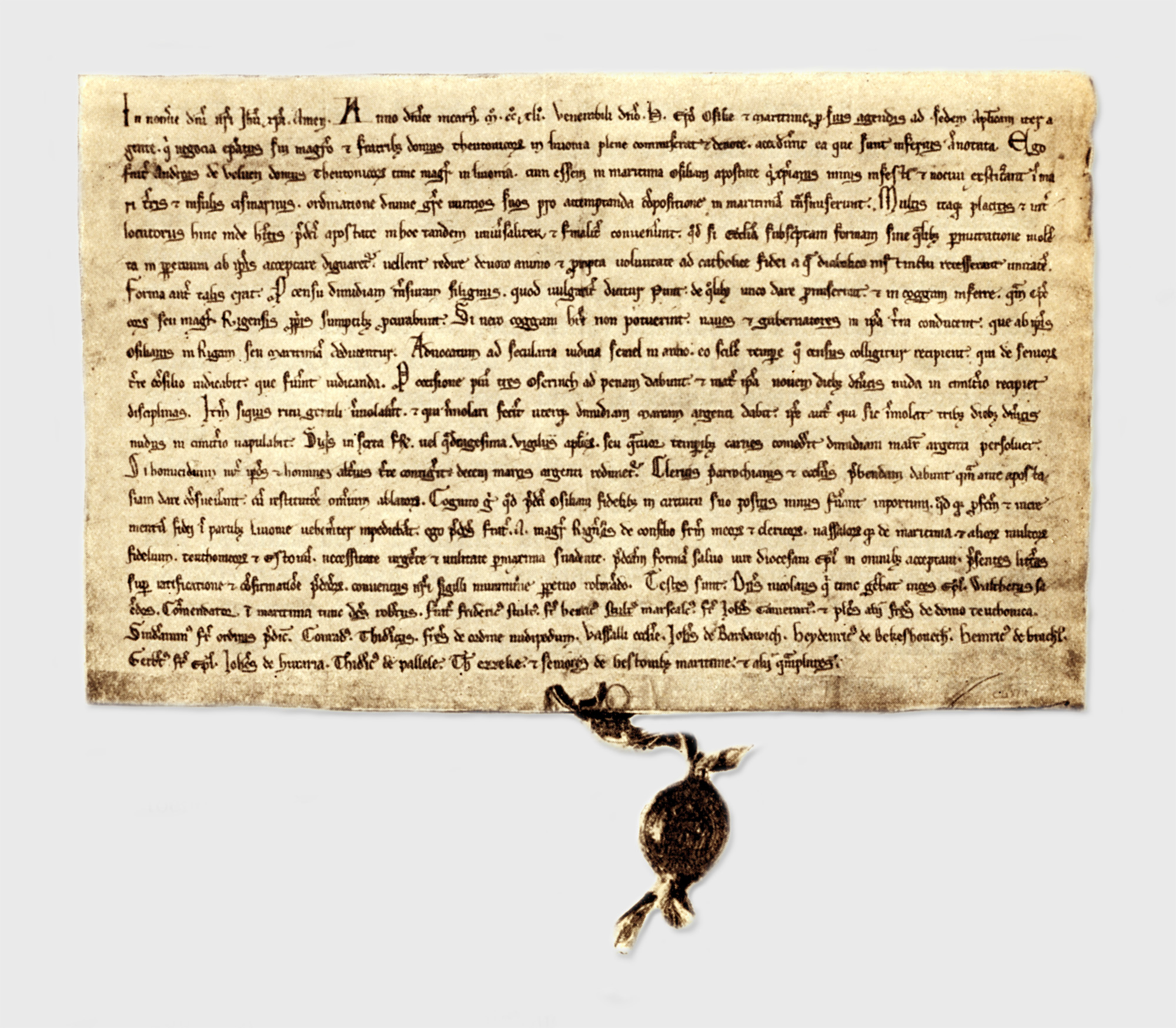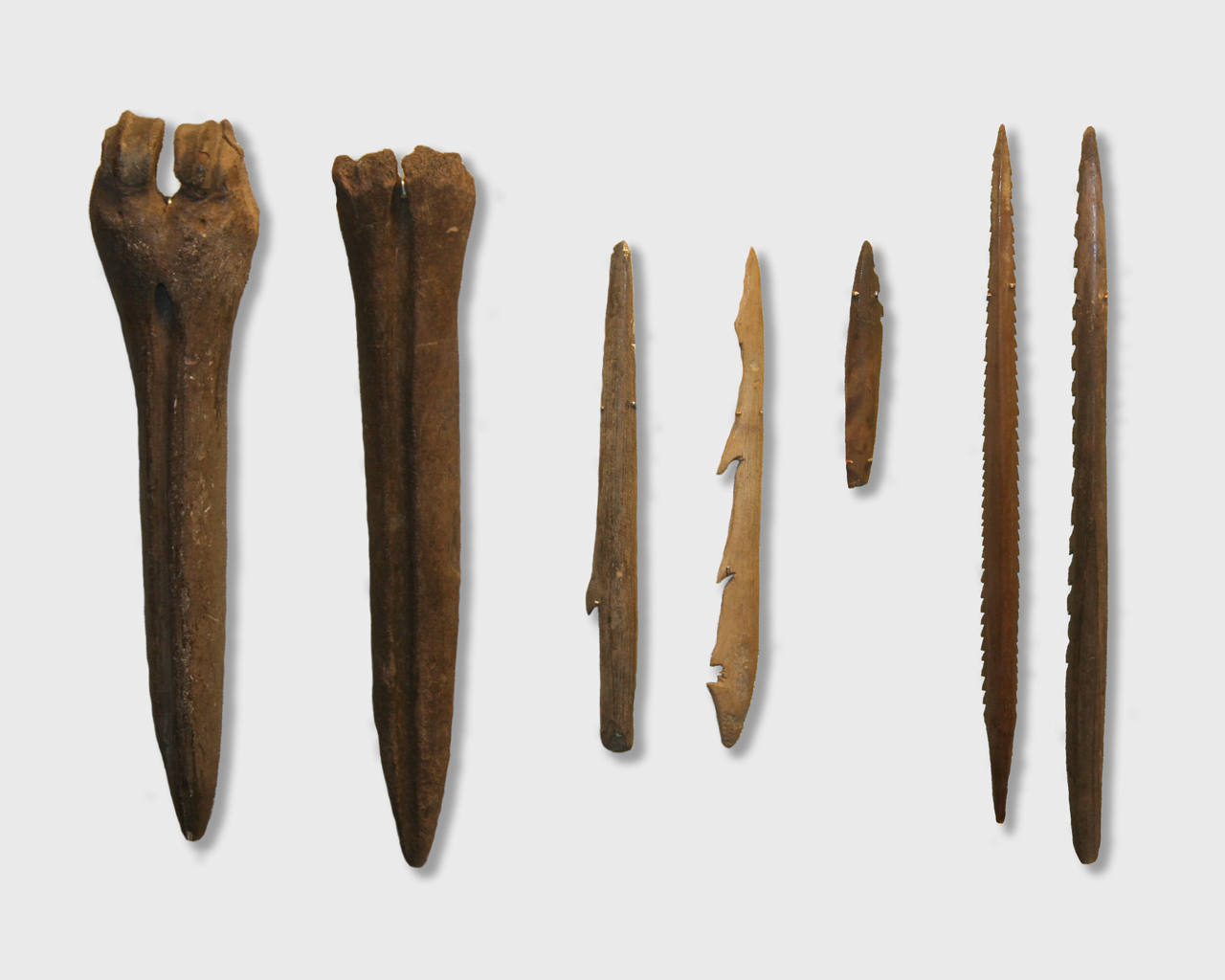|
Revelia
Revala (also ''Rävälä'', la, Revalia, by Henry of Livonia ''Revele'', by Danish Census Book ''Revælæ'') was an Ancient Estonian county. It was located in northern Estonia, by the Gulf of Finland and corresponded roughly to the present territory of Harju County. It was conquered by the Danish in 1219 during the Estonian Crusade. It also contained the town of Lindanise, nowadays known as Tallinn, the capital of Estonia. The Icelandic '' Njal's saga''—composed after 1270, but describing events between the years 960 and 1020—mentions an event that occurred somewhere in the area of what is now Tallinn and calls the place ''Rafala''. The toponym, ''Rafala'', was probably a derivation of ''Rävala'', or ''Revala'', or some other variant of the locally used Estonian-language name for the adjacent medieval Estonian county. Parishes * Rebala * Ocrielæ * Vomentakæ (Võhmataga) See also * Battle of Lyndanisse * Danish Estonia * History of Estonia * Harria * List of Estonian r ... [...More Info...] [...Related Items...] OR: [Wikipedia] [Google] [Baidu] |
Estonian Crusade
The Livonian crusade refers to the various military Christianisation campaigns in medieval Livonia – in what is now Latvia and Estonia – during the Papal -sanctioned Northern Crusades in the 12–13th century. The Livonian crusade was conducted mostly by the Holy Roman Empire and the Kingdom of Denmark. It ended with the creation of Terra Mariana and the Danish duchy of Estonia. The lands on the eastern shores of the Baltic Sea were one of the last parts of Europe to be Christianised. On 2 February 1207, in the territories conquered, an ecclesiastical state called ''Terra Mariana'' was established as a principality of the Holy Roman Empire, and proclaimed by Pope Innocent III in 1215 as a subject of the Holy See. After the success of the crusade, the Teutonic- and Danish- occupied territory was divided into six feudal principalities by William of Modena. Wars against Livs and Latgalians (1198–1209) By the time German traders began to arrive in the second half of t ... [...More Info...] [...Related Items...] OR: [Wikipedia] [Google] [Baidu] |
Livonian Crusade
The Livonian crusade refers to the various military Christianisation campaigns in medieval Livonia – in what is now Latvia and Estonia – during the Papal -sanctioned Northern Crusades in the 12–13th century. The Livonian crusade was conducted mostly by the Holy Roman Empire and the Kingdom of Denmark. It ended with the creation of Terra Mariana and the Danish duchy of Estonia. The lands on the eastern shores of the Baltic Sea were one of the last parts of Europe to be Christianised. On 2 February 1207, in the territories conquered, an ecclesiastical state called ''Terra Mariana'' was established as a principality of the Holy Roman Empire, and proclaimed by Pope Innocent III in 1215 as a subject of the Holy See. After the success of the crusade, the Teutonic- and Danish- occupied territory was divided into six feudal principalities by William of Modena. Wars against Livs and Latgalians (1198–1209) By the time German traders began to arrive in the second half of the 1 ... [...More Info...] [...Related Items...] OR: [Wikipedia] [Google] [Baidu] |
History Of Estonia
The history of Estonia forms a part of the history of Europe. Humans settled in the region of Estonia near the end of the last glacial era, beginning from around 8500 BC. Ancient Estonia: pre-history Mesolithic Period The region has been populated since the end of the Late Pleistocene glaciation, about 10,000 BC. The earliest traces of human settlement in Estonia are connected with the Kunda culture. The early mesolithic Pulli settlement is located by the Pärnu River. It has been dated to the beginning of the 9th millennium BC. The Kunda culture received its name from the ''Lammasmäe'' settlement site in northern Estonia, which dates from earlier than 8500 BC. Bone and stone artifacts similar to those found at Kunda have been discovered elsewhere in Estonia, as well as in Latvia, northern Lithuania and southern Finland. Among minerals, flint and quartz were used the most for making cutting tools. Neolithic Period The beginning of the Neolithic Period is marked by the ... [...More Info...] [...Related Items...] OR: [Wikipedia] [Google] [Baidu] |
Ancient Estonia
Ancient Estonia refers to a period covering History of Estonia from the middle of the 8th millennium BC until the conquest and subjugation of the local Finnic tribes in the first quarter of the 13th century during the Teutonic and Danish Northern Crusades. The Mesolithic Period The region has been populated since the end of the last glacial era, about 10,000 BC. The earliest traces of human settlement in Estonia are connected with Kunda culture. The oldest known settlement in Estonia is the Pulli settlement, which was located on the banks of the river Pärnu, near the town of Sindi, in southwestern Estonia. It has been dated to the beginning of the 9th millennium BC. The Kunda Culture received its name from the ''Lammasmäe'' settlement site in northern Estonia, which dates from earlier than 8500. Bone and stone artifacts similar to those found at Kunda have been discovered elsewhere in Estonia, as well as in Latvia, Russia, northern Lithuania and southern Finland. Among mi ... [...More Info...] [...Related Items...] OR: [Wikipedia] [Google] [Baidu] |
Toponym
Toponymy, toponymics, or toponomastics is the study of '' toponyms'' (proper names of places, also known as place names and geographic names), including their origins, meanings, usage and types. Toponym is the general term for a proper name of any geographical feature, and full scope of the term also includes proper names of all cosmographical features. In a more specific sense, the term ''toponymy'' refers to an inventory of toponyms, while the discipline researching such names is referred to as ''toponymics'' or ''toponomastics''. Toponymy is a branch of onomastics, the study of proper names of all kinds. A person who studies toponymy is called ''toponymist''. Etymology The term toponymy come from grc, τόπος / , 'place', and / , 'name'. The ''Oxford English Dictionary'' records ''toponymy'' (meaning "place name") first appearing in English in 1876. Since then, ''toponym'' has come to replace the term ''place-name'' in professional discourse among geographers. Topon ... [...More Info...] [...Related Items...] OR: [Wikipedia] [Google] [Baidu] |
List Of Estonian Rulers
This list of rulers of Estonia starts with the ancient counties (''maakond'') and parishes (''kihelkond'') each headed by ''Seniores'' and ''Meliores'' (Elders) as noted by Henry of Livonia. The administrative jurisdiction of the parish and county elders was limited, the counties themselves remained autonomous until the Teutonic and Danish conquest of Estonia in the 13th century. Ending with the states and the rulers of states (starting from the time of the first successful Danish conquest in 1219) who either ruled or laid claims of sovereignty over some parts of the territory of present-day Estonia, as well as the leaders of the independent Republic of Estonia since 1918. Ancient counties Alempois Title: Elder (-1224) Harju Title: Elder (-1224) Järva Title: Elder (-1224) Jogentagana Title: Elder (-1224) Läänemaa Title: Elder (-1224) Mõhu Title: Elder (-1224) Nurmekund Title: Elder (-1224) Revala Title: Elder (-1224) Saaremaa Title: Elder – It is probable t ... [...More Info...] [...Related Items...] OR: [Wikipedia] [Google] [Baidu] |
Harria
Harjumaa, ( la, Harria) (1200 hides), was an ancient county in what would now be Estonia. Parishes *around Varbola *around Lohu *around Kose See also *Danish Estonia *Harju County *Rapla County *History of Estonia *Livonian Crusade *Rulers of Estonia * St. George's Night Uprising *Varbola Stronghold The Varbola Stronghold ( la, Castrum Warbole, et, Varbola Jaanilinn) was the largest circular rampart fortress and trading centre built in Estonia, in Harju County ( la, Harria) in the 10th – 12th centuries. Parts of the ruins of the long ... References Ancient counties of Estonia Harju County {{Estonia-stub ... [...More Info...] [...Related Items...] OR: [Wikipedia] [Google] [Baidu] |
Danish Estonia
Danish may refer to: * Something of, from, or related to the country of Denmark People * A national or citizen of Denmark, also called a "Dane," see Demographics of Denmark * Culture of Denmark * Danish people or Danes, people with a Danish ancestral or ethnic identity * A member of the Danes, a Germanic tribe * Danish (name), a male given name and surname Language * Danish language, a North Germanic language used mostly in Denmark and Northern Germany * Danish tongue or Old Norse, the parent language of all North Germanic languages Food * Danish cuisine * Danish pastry, often simply called a "Danish" See also * Dane (other) * * Gdańsk * List of Danes * Languages of Denmark The Kingdom of Denmark has only one official language, Danish, the national language of the Danish people, but there are several minority languages spoken, namely Faroese, German, and Greenlandic. A large majority (about 86%) of Danes also s ... {{disambiguation Language and nation ... [...More Info...] [...Related Items...] OR: [Wikipedia] [Google] [Baidu] |
Battle Of Lyndanisse
The Battle of Lyndanisse (also spelled the Battle of Lindanise) was a battle during the Livonian Crusade, fought by the Kingdom of Denmark and German allies against pagan Estonian tribes. The battle helped King Valdemar II of Denmark establish the territory of Danish Estonia during the Northern Crusades, which were undertaken in response to calls from the Pope. The Danes defeated the Estonians at Lindanise ( da, Lyndanisse, at the site of the later city of Reval, now known as Tallinn). Today, the Battle of Lyndanisse is perhaps best known for a legend that the Danish flag, the Dannebrog, fell from the sky just as the Danes were about to lose the battle. Battle Valdemar II, along with Archbishop Anders Sunesen of Lund, Bishop Theoderich von Treyden, and his vassals Count Albert of Nordalbingia and Vitslav I of Rügen, sailed to the northern Estonian province of Revalia at the beginning of June 1219. The crusading army camped at Lindanise and built a castle there, named '' ... [...More Info...] [...Related Items...] OR: [Wikipedia] [Google] [Baidu] |
Eldership (Estonia)
This list of rulers of Estonia starts with the ancient counties (''maakond'') and parishes (''kihelkond'') each headed by ''Seniores'' and ''Meliores'' (Elders) as noted by Henry of Livonia. The administrative jurisdiction of the parish and county elders was limited, the counties themselves remained autonomous until the Teutonic and Danish conquest of Estonia in the 13th century. Ending with the states and the rulers of states (starting from the time of the first successful Danish conquest in 1219) who either ruled or laid claims of sovereignty over some parts of the territory of present-day Estonia, as well as the leaders of the independent Republic of Estonia since 1918. Ancient counties Alempois Title: Elder (-1224) Harju Title: Elder (-1224) Järva Title: Elder (-1224) Jogentagana Title: Elder (-1224) Läänemaa Title: Elder (-1224) Mõhu Title: Elder (-1224) Nurmekund Title: Elder (-1224) Revala Title: Elder (-1224) Saaremaa Title: Elder – It is probable t ... [...More Info...] [...Related Items...] OR: [Wikipedia] [Google] [Baidu] |
Denmark
) , song = ( en, "King Christian stood by the lofty mast") , song_type = National and royal anthem , image_map = EU-Denmark.svg , map_caption = , subdivision_type = Sovereign state , subdivision_name = Danish Realm, Kingdom of Denmark , established_title = History of Denmark#Middle ages, Consolidation , established_date = 8th century , established_title2 = Christianization , established_date2 = 965 , established_title3 = , established_date3 = 5 June 1849 , established_title4 = Faroese home rule , established_date4 = 24 March 1948 , established_title5 = European Economic Community, EEC 1973 enlargement of the European Communities, accession , established_date5 = 1 January 1973 , established_title6 = Greenlandic home rule , established_date6 = 1 May 1979 , official_languages = Danish language, Danish , languages_type = Regional languages , languages_sub = yes , languages = German language, GermanGerman is recognised as a protected minority language in t ... [...More Info...] [...Related Items...] OR: [Wikipedia] [Google] [Baidu] |





